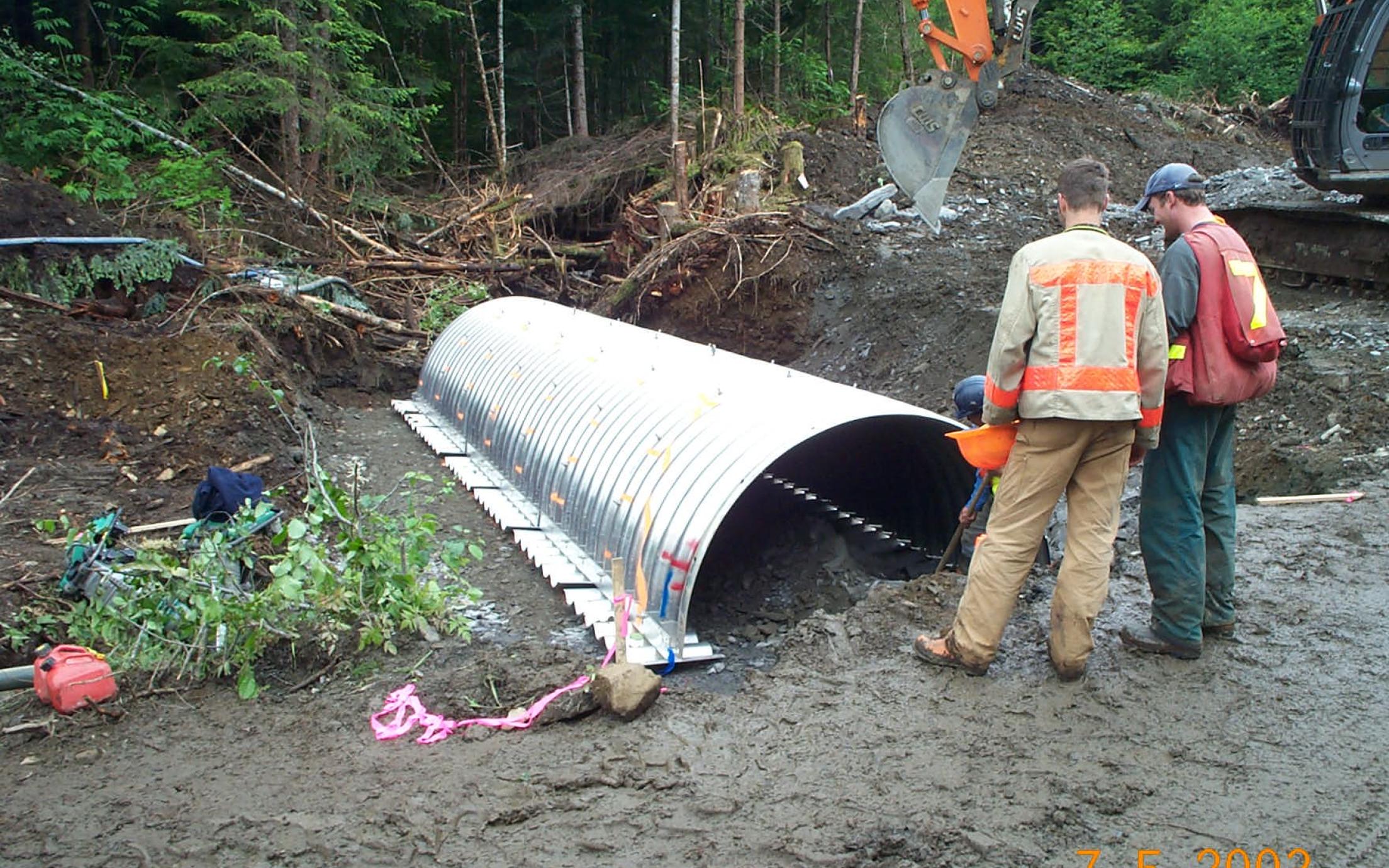Course Description
Habitat Assessment Methods provide an overview of fisheries field techniques. Students will be able to define and contrast habitat assessment programs, develop objectives for habitat assessment program, identify fish habitat disturbance indicators, conduct stream habitat field measurements, conduct a visual, transect, and habitat rating procedure, and demonstrate field equipment maintenance procedures.
Objectives
Upon successful completion of this two-day course, the participant will be able to:
- Define field safety considerations
- Define standard field sampling methods
- Demonstrate proper use of field measurement equipment
- Describe and demonstrate standard field measurement procedures
- Demonstrate proper field equipment maintenance procedures
- Conduct water velocity procedures using Float method and Velocity meter
- Determine flow rate or discharge using Float method and Velocity meter
- Define and contrast fish habitat features and requirements
- Define and contrast standard fish habitat assessment and inventory methods
- Quantitative fish habitat for a given fish species and life stage
- Conduct standard fish habitat assessment data collection
- Identify and quantify fish habitat disturbance indicators
Format
Class: 0.5 days; Field: 1.5 days
Prerequisites
There are no formal prerequisites for this course.
You Supply
Personal field equipment
- "leak-free" chest waders (recommended type is neoprene or high-quality nylon)
- non-slip footwear (felt wading shoe or boot, as well as stream wading cleat)
- wading belt (nylon or rubber acceptable, worn on outside of waders)
- polarized sunglasses (side shields or ‘wrap around’ style is/are recommended)
- hat with a visor (e.g., baseball cap style)
For this training program, at a minimum, you are only required to bring leak-free chest waders and non-slip footwear (wading shoe, cleat, or aggressive rubber boot sole), pen and paper, and a calculator. (Note: ideally, you bring ALL items listed above).
All other personal protective equipment (PPE) (listed above) is optional for this training program BUT is mandatory during actual field work/employment.
NREP staff will provide all field and classroom-related supplies and equipment.
Course Schedule
Day One | Day Two |
|---|---|
|
|
Upcoming Deliveries and Registration Information
See our program schedule for a list of all upcoming NREP course deliveries. If this course is not currently noted in the schedule, please contact NREP@viu.ca to enquire about future opportunities. Prior to registering for any NREP course, please review the program's registration guidelines, including important cancellation and refund policy information.
